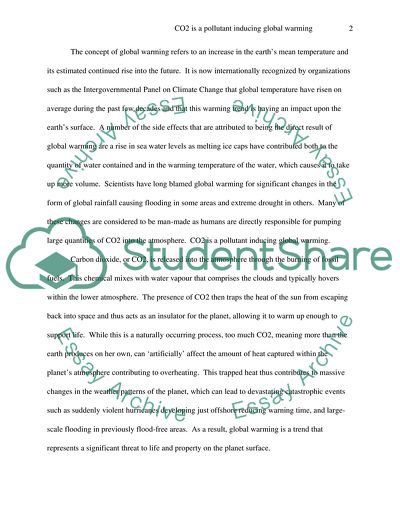Cite this document
(The Effects of Carbon Dioxide on Global Warming Research Paper, n.d.)
The Effects of Carbon Dioxide on Global Warming Research Paper. Retrieved from https://studentshare.org/environmental-studies/1726866-the-effects-of-carbon-dioxide-on-global-warming
The Effects of Carbon Dioxide on Global Warming Research Paper. Retrieved from https://studentshare.org/environmental-studies/1726866-the-effects-of-carbon-dioxide-on-global-warming
(The Effects of Carbon Dioxide on Global Warming Research Paper)
The Effects of Carbon Dioxide on Global Warming Research Paper. https://studentshare.org/environmental-studies/1726866-the-effects-of-carbon-dioxide-on-global-warming.
The Effects of Carbon Dioxide on Global Warming Research Paper. https://studentshare.org/environmental-studies/1726866-the-effects-of-carbon-dioxide-on-global-warming.
“The Effects of Carbon Dioxide on Global Warming Research Paper”, n.d. https://studentshare.org/environmental-studies/1726866-the-effects-of-carbon-dioxide-on-global-warming.


